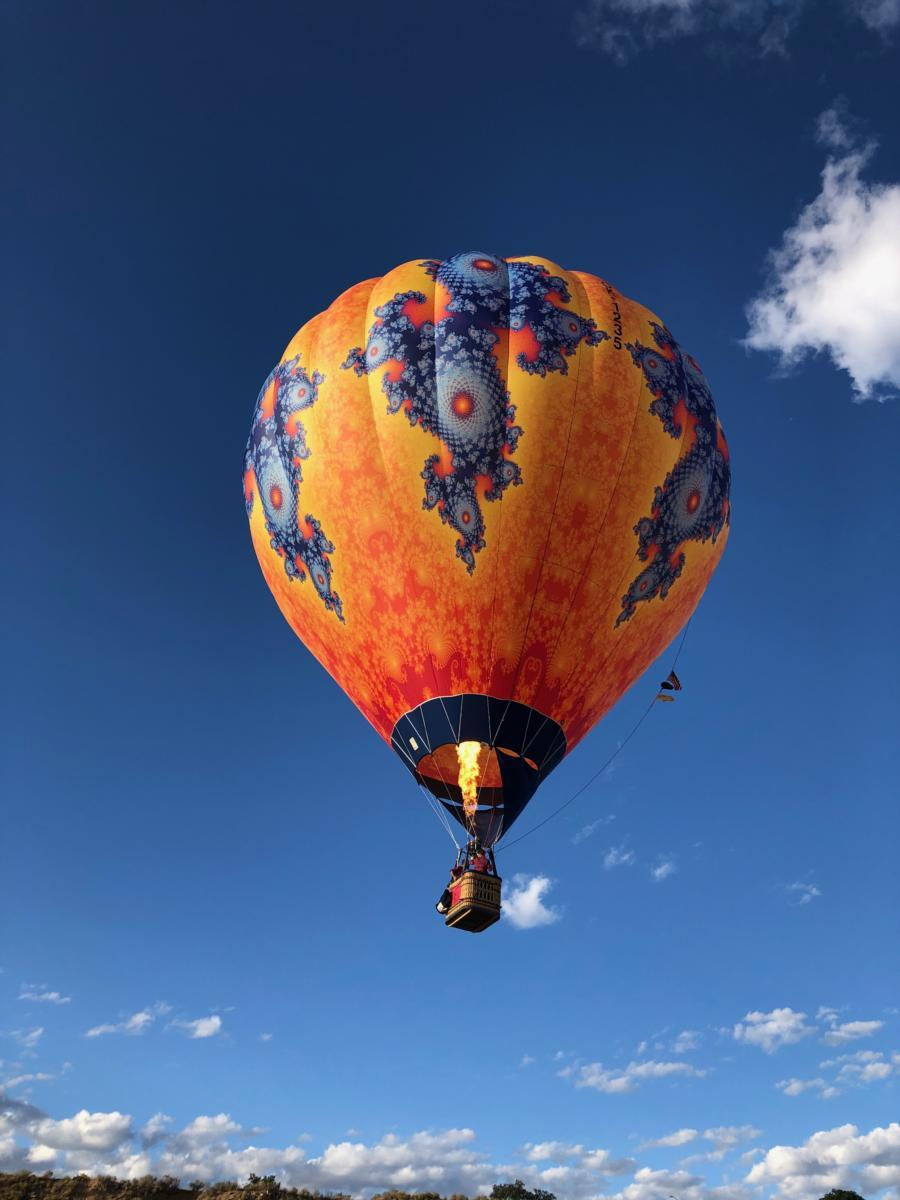Who gives a flying fractal?
- Gabrielle Stannus
- Jun 28, 2021
- 4 min read
Updated: Jul 15, 2021
Watching a webinar on biophilic design recently, a question popped up in my brain: "What exactly is a fractal?" Then a second question: "How is it relevant to building and landscape design?"
The first time I can remember really attaching myself to the term 'fractal' was when watching an episode of Coast some years ago now. I was fascinated as the presenter explained that the more closely you measure a coastline, its length increases due to this phenomenon: fractal geometry.
Seeking out a more nuanced definition of a 'fractal' online, I came across an organisation entirely dedicated to fractals! The Fractal Foundation's mission is to use the beauty of fractals to inspire interest in science, math and art. This foundation says that a fractal is a never-ending pattern: "Fractals are infinitely complex patterns that are self-similar across different scales. They are created by repeating a simple process over and over in an ongoing feedback loop."
The Fractal Foundation says that the coastline phenomenon mentioned above is an example of the Koch Curve (1). The Koch Curve is made by repeatedly replacing each segment of a generator shape with a smaller copy of the generator. At each step, or iteration, the total length of the curve gets longer, eventually approaching infinity.
By now I am guessing you are wondering how this relates to building and landscape design? Hang in there, it is coming! Fractals are just one natural pattern used in biophilic design.
The International Living Future Institute defines biophilic design as the practice of connecting people and nature within our built environments and communities. If you do your own Google search, you will find many variations on that definition. The institute's definition is clear and simple. However, it may be beneficial if I also elaborate on the term 'biophilia' here.
Edward O Wilson popularized the term in the title of his book Biophilia (1984), defining it as an instinctive bond or sense of affinity of human beings with nature, or ‘an innate tendency to focus on life and lifelike processes’ (p. 1). (2)
US design firm Terrapin Bright Green say that biophilia helps explain why crackling fires and crashing waves captivate us; why a garden view can enhance our creativity; why shadows and heights instill fascination and fear; and why animal companionship and strolling through a park have restorative, healing effects. (3)
Given our interest in improving health and wellbeing through the built environment, it is only natural (pardon the pun!) that we are interested in applying biophilic design elements into our work. The International Living Future Institute's Biophilic Design Guidebook lists 6 biophilic design elements and their corresponding attributes, as categorised and explained by Stephen Kellert:
Natural patterns and processes
Environmental features
Natural shapes and forms
Light and space
Place-based relationships
Evolved human-nature relationships (4)
The biophilic design element I would like to discuss in more detail is natural patterns and processes, given my current interest in fractals. Fractals are only one of many attributes associated with natural patterns and processes, with others including:
Sensory variability
Information richness
Age, change, and the patina of time
Growth and efflorescence
Central focal point
Patterned wholes
Bounded spaces
Transitional spaces
Linked series and chains
Integration of parts to wholes
Complementary contrasts
Dynamic balance and tension
Hierarchically organized ratios and scales (5)
The Fractal Foundation describes a fractal as a never ending pattern that repeats itself at different scales. This property is called "Self-Similarity" (6). So although fractals appear very complex, they are made by repeating a simple process. The Fractal Foundation tells us that in nature, fractals include branching patterns like trees, river networks, lightning bolts, blood vessels, and spiral patterns like seashells, hurricanes and galaxies. As a horticulturist, I am fascinated too by the fact that the plant kingdom is full of spirals, think spiral aloes, sunflowers, pinecones or the fiddle head of a fern, a self-similar plant that forms as a spiral of spirals of spirals.
Birth of a cube
Discussing fractals with my partner Ludovic, he reminded me that The Cube we designed and built for our display at Blooming Tasmania's Flower and Garden Festival in late 2018 was inspired by the Menger sponge. According to Wolfram Mathworld, the Menger sponge is a fractal which is the three-dimensional analog of the Sierpiński carpet. Yes, I am almost losing myself too!

You can read more about Ludovic's design process in our blog 'Birth of a cube'. If you are interested in seeing the cube itself, come along to the Sustainable Living Festival at the Windsor Community Precinct in Riverside, Launceston on Saturday 9 October 2021. We will be having a stand there so you can also meet us in person and find out a little more about what we do.

Until then, we hope you make the most of this beautiful weather before the worst of winter sets in.
And remember: who gives a flying fractal about integrated building and landscape design?
We do ;)
A bientôt!
References
(1) The Fractal Foundation 2009, Fractal Pack 1: Educators' Guide, viewed 25 June 2021, https://fractalfoundation.org/fractivities/FractalPacks-EducatorsGuide.pdf (page 6)
(2) Oxford Reference 2021, 'Biophilia', viewed 28 June 2021, https://www.oxfordreference.com/view/10.1093/oi/authority.20110803095507389
(3) Terrapin Bright Green 2014, 14 Patterns of Biophilic Design: Improving health & well-being in the built environment, viewed 28 June 2021, https://www.terrapinbrightgreen.com/report/14-patterns/
(4) International Living Future Institute 2018, Biophilic Design Guidebook, June 2018,viewed 24 June 2021, https://living-future.org/wp-content/uploads/2019/01/18-0605_Biophilic-Design-Guidebook.pdf (page 11)
(5) International Living Future Institute 2018, Biophilic Design Guidebook, June 2018,viewed 24 June 2021, https://living-future.org/wp-content/uploads/2019/01/18-0605_Biophilic-Design-Guidebook.pdf (page 11)
(6) The Fractal Foundation 2009, Fractal Pack 1: Educators' Guide, viewed 25 June 2021, https://fractalfoundation.org/fractivities/FractalPacks-EducatorsGuide.pdf (page 3)




留言